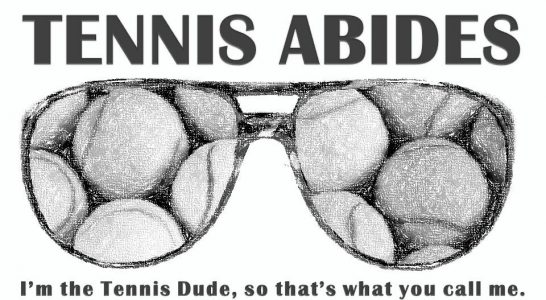Brad Gilbert and Chris Fowler answered my question about Rafael Nadal being the last and greatest of the Spanish Armada.
ATM yes check out the under 21 rankings of Spanish players only Busta Move the youngest in top 100 for Spain 🇪🇸 and he is 25 https://t.co/h9YkodLlpt
— Brad Gilbert (@bgtennisnation) April 23, 2017
@DanMartinTennis @bgtennisnation Strangely, there’s not much in the Spanish pipeline. Highest ranked one under25 is #123 Roberto Caballes. Best hope 19 yo Jaume Munar.
— Chris Fowler (@cbfowler) April 23, 2017
Jon Wertheim answered my question about extremely tall people (1.98 M/6’6″ and taller was what I was thinking)
Let’s start with some tennis economics:
A few nights ago, reader Dan Martin wrote via twitter: “With Dr. Ivo’s longevity and the NBA’s small ball move, is tennis a better option than basketball for exceptionally tall people?”
It was a thought-provoking question. I wrote back, though, the when sub All-Stars like Mike Conley or Gordon Hayward can make more playing basketball this year—guaranteed and for multiple years—than either Federer or Nadal will make this year playing tennis, the sport is likely going to lose young athletes to the NBA.
A friend wrote, rightly, that we should have been precise, differentiating prize money from gross income. Federer can make $1 million a night per exhibition and his off-court sponsorship haul is hefty as well. “Federer will be a billionaire soon, if he isn’t already. Gordon Hayward a billionaire? Do you think Gordon Hayward has made more gross money than Federer and Nadal combined? That’s what you insinuate on twitter. Do you stand by that?”
My response: Let’s take the top players out of it. The stars in both sports—Federer, Nadal, Kevin Durant, LeBron James—will make more in off-court income than performing. The average (guaranteed) salary in the NBA is nearly $5 million. And training and travel and coaching expenses are minimal if not $0.00. In tennis, as few as a half-dozen players will gross $5 million in prize money. Sure, from an odds perspective your chances of making it in tennis might be better. (Fewer aspiring pro tennis players worldwide than aspiring pro basketball players.) But a top 200 NBA player is living the good life. A top 200 tennis player is eating ramen.
What is tennis selling? For one, the longer pro careers help the value proposition. Second, your odds of a college scholarship or choice college admission—especially for women—are better in tennis than in basketball. You could also make a case that, while hard to quantify, tennis is better for connections and access to capital later in life. (Plenty of former players no work in finance, jobs they might not have landed with the contacts tennis afforded them.)
There are of course, reasons to play sports other than economics and crass cost/benefits analysis. John Isner simply liked tennis and the challenges of an individual sport more than he did basketball. But until the math and the incentive structure changes, I fear it will be hard for tennis to attract most kids who might otherwise be shooting for the NBA.

Great post! Especially the part about prize $ vs gross income. I remember reading an article once about Sampras and Agassi, who was the richest (at the time). Agassi was, of course, because of all of his endorsements. If you’re not a top winner in tennis, it can be a very expensive sport to be a pro (travel costs, etc.)
Nice work, Dan!